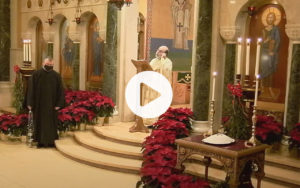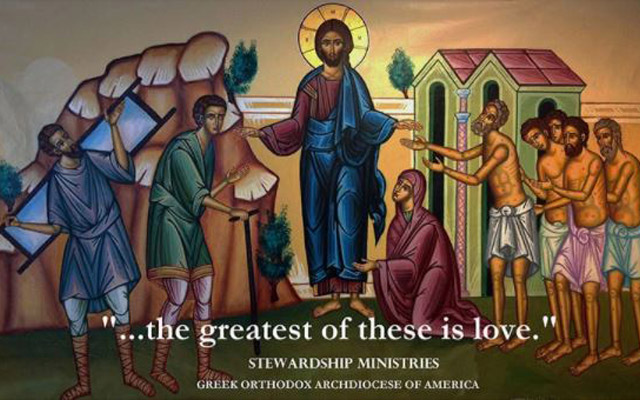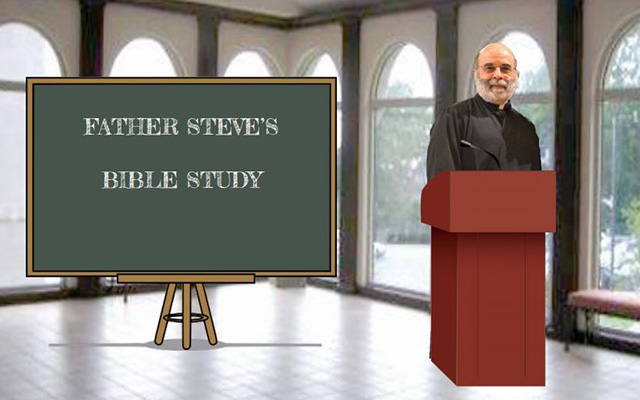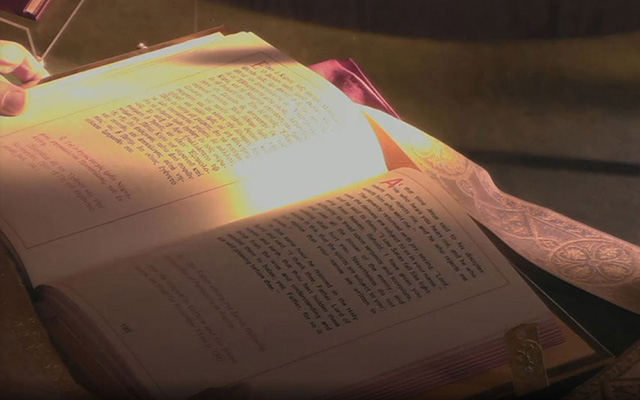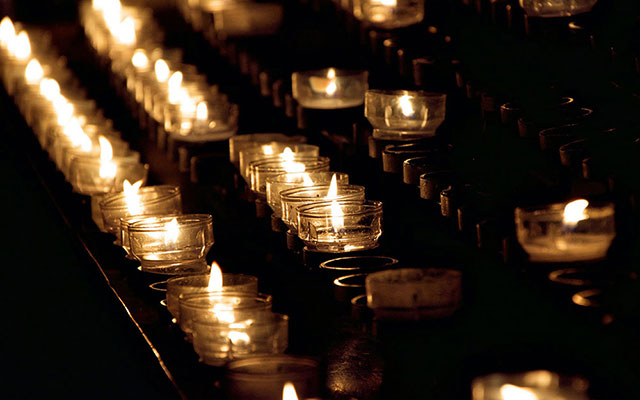Figures of the Nativity—All of Creation Rejoiced
By Fr. Stavros Akrotirianakis, December 14, 2018 We began this short series on figures of the Nativity by comparing them to roles in a Christmas pageant. There are eight defined “speaking” roles in just about every Christmas pageant—Mary and Joseph, the shepherds, the magi, the innkeeper, King Herod, the angels and the crowd in Bethlehem. There are some other roles in the story. I’ve watched many a Christmas pageant in my years as a priest,


